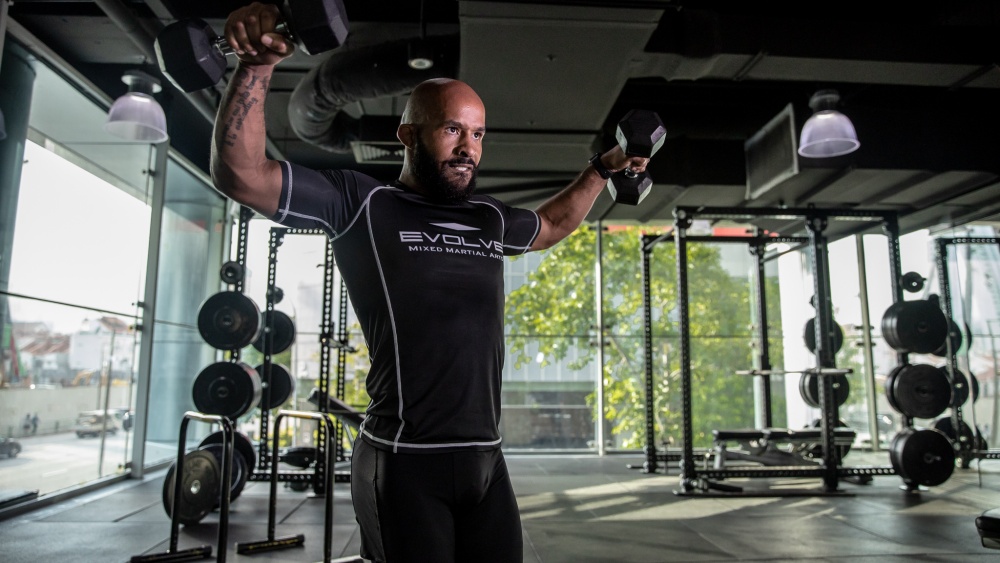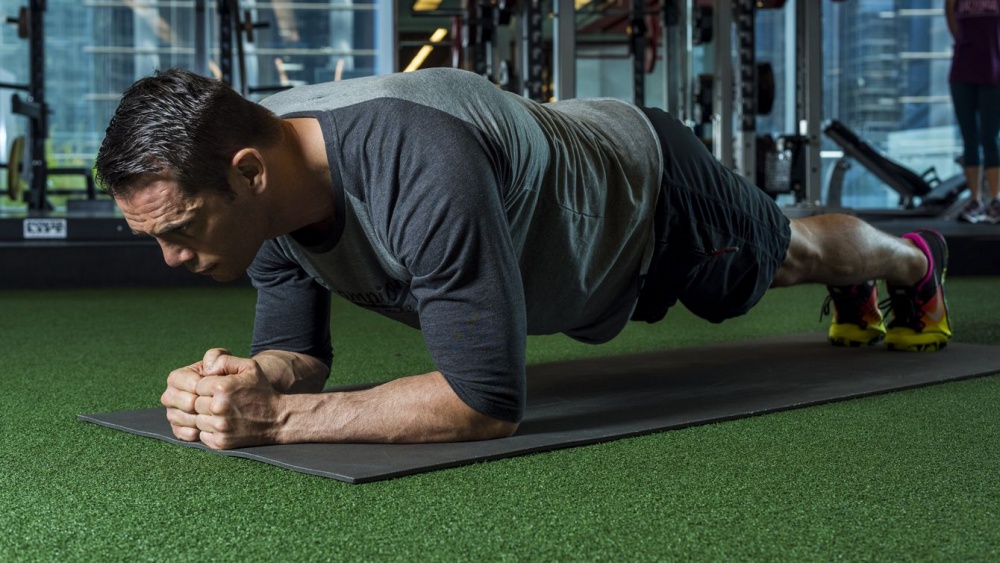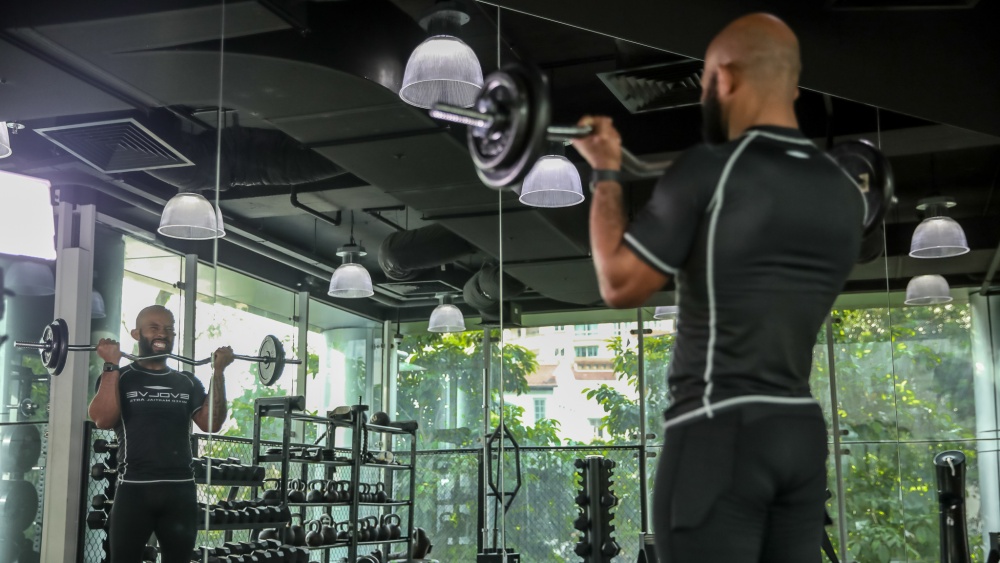If you’re into physical fitness, you’ve probably heard of high-intensity interval training (HIIT) before, but you might not have heard of its cousin, low-intensity interval training (LIIT). These two approaches to training share some similarities, but they also have some unique differences.
HIIT and LIIT workouts are both effective ways to burn calories, but they burn them at different rates. HIIT circuits burn more calories since they’re more intense, but LIIT workouts can achieve the same calorie burn in a longer period. For example, a 90-kilogram man can burn up to 500 calories for every 30 minutes spent training, while it takes about 60 minutes to burn as many calories while performing LIIT circuits.
LIIT is similar to HIIT since it also involves exercising intensely, with longer breaks. For example, a HIIT workout might include sprinting on a treadmill for 90 seconds and taking a break for 60 seconds before your next set. The LIIT equivalent would be something along the lines of jogging on the treadmill for 90 seconds and taking a three-minute recovery walk.
High-intensity interval training has its advantages, but it’s not the ideal workout for everyone. For example, people with disabilities, those battling chronic health issues, and seniors often can’t perform high-intensity exercises.
LIIT gives such people a safer and gentler alternative to HIIT that comes with many of the same benefits that come with high-intensity interval training, like improved mood, mobility, and fitness. They just end up spending more time in the gym. LIIT workouts allow those who can’t participate in high-intensity workouts to remain active.
Understanding How Low-Intensity Workouts Work

The term “low-intensity exercise” refers to any physical activity performed at a comfortable pace. Your heart rate should be around 50 percent of your maximum heart rate, and you should look to maintain the pace for 30 minutes. You should be able to hold a conversation without getting out of breath while working at this pace.
Examples of exercises that fall under the low-intensity umbrella include yoga, swimming, cycling, resistance training, and rowing. These activities help prevent your muscles from wasting due to insufficient stimulation, improve blood flow, and improve general health.
LIIT workouts take longer to provide the same benefits as HIIT workouts, but it’s gentler on your joints and safer. Many low-intensity exercises can be done at home or outdoors without any equipment. Low-intensity exercises also tend to be more enjoyable, which is why many people engage in activities like hiking, cycling, and swimming as hobbies. The more fun your workout program is, the more likely you will stick to it long-term.
Who Needs Low-Intensity Interval Training?
Physical activity is something most people can do safely. However, exercising might feel too strenuous for you if you’re recovering from an illness, major surgical work, or injury.
Anyone with existing health issues should consult with a healthcare professional to determine if it’s okay for them to exercise at a low intensity.
LIIT workouts are also an excellent option for people of all ages who are new to exercising. HIIT workouts are generally recommended for more advanced exercisers, so LIIT provides a milder alternative that prepares your body for more intense workouts.
Exercising also gets more tedious as you age, so more intense exercises like HIIT might be too much for you later in life. As you age, you’re also more likely to develop chronic health conditions like arthritis, diabetes, heart disease, and cancer. These diseases require you to be careful about exerting yourself, so you would be better off with low-intensity exercises.
Doctors recommend getting an average of about 150 minutes of physical exercise a week, which also applies to people with chronic health conditions. While some health issues can make it virtually impossible to work out, remaining inactive for extended periods can be bad for your mental and physical health.
Exercising at any intensity provides many benefits, like reduced risk of Alzheimer’s disease, depression, stress, and dementia. Being sedentary for long periods increases the risk of health conditions like diabetes, heart disease, and obesity.
People with heart disease are generally advised to avoid high-intensity exercise like lifting heavy weights, but low-intensity exercises are safe for most people with heart disease. Starting a low-intensity exercise program helps to improve their heart health.
HIIT Vs. LIIT
High-intensity interval training is a lot more vigorous than low-intensity interval training. HIIT workouts accelerate your heart rate close to its maximum capabilities. A simple way to determine if your heart is working close to its maximum rate is by counting how many words you can say before stopping to breathe. Most people can say more than a few words before stopping for a breath when their heart is working close to its max.
Examples of high-intensity exercises include:
- Swimming laps as fast as you can
- Running at a fast pace
- Aerobic dance workouts
- Singles tennis
- Basketball
- Lifting heavy weights
- Hiking uphill
- Jump rope
- Sprints
High-intensity exercises give you quicker results regarding weight loss and fitness, but they also put more stress on your body. As a result, people who start HIIT training are more likely to quit than those who start more manageable LIIT workouts.
How Low-Intensity Cardio Works

Many cardio activities like running, cycling, and hiking can be high or low intensity based on how you perform them. Low-intensity exercises are performed at a casual pace, so you shouldn’t ever fully feel out of breath. You should be able to carry on a conversation on your phone while working at a low pace.
Examples of low-intensity exercises include:
- Brisk walking
- Dancing at a casual pace
- Swimming at a casual pace
- Cycling at a casual pace
- Yoga
- Taking a walk
- Golf
- Yard work around the house
- Water aerobics
Low-intensity exercises are a better alternative to being inactive and don’t put much strain on your body. You won’t be sore for days following your workout, increasing your odds of sticking to your workout program.
It should be noted that low-intensity exercises need to be performed for longer periods to get the same results as you would performing high-intensity exercises. However, LIIT workouts put less stress on your muscles, heart, and joints, making them the safer alternative. You can gradually increase the intensity of your workouts as your body adapts to your workouts over time.
How Low-Intensity Strength Training Works

It’s okay to make weightlifting part of your LIIT workouts. However, you should lower the weights you work with while increasing your reps. For example, if you can pump out ten reps of an exercise using 15-kilogram dumbbells, you can lower the intensity of the exercise by using 7.5-kilogram dumbbells and aiming for 20 reps.
All weightlifting exercises can be converted to low-intensity exercises by simply using lighter weights and aiming for 20 reps. The key is to use weights that challenge you but don’t put a lot of stress on your joints and muscles.
It should be noted that performing 20 reps of weightlifting exercises mainly increases muscle definition and endurance. You still make some strength and size gains, but not as much as someone who stays in the four to twelve-rep range, which is ideal for building muscle and increasing strength.
If size and strength are your primary fitness priority, you might be better off removing weightlifting exercises from your LIIT circuits.
Benefits Of LIIT Workouts
LIIT circuits might be right for you if you’ve tried HIIT workouts and find them too challenging. It’s a gentler approach to training that provides several benefits, including:
1) Beginner-Friendly
HIIT workouts are typically not recommended for beginners, but that’s not the case with LIIT. Low-intensity interval training is gentler on your body, making it a better-suited alternative for people new to working out, older people, and those recovering from injuries.
LIIIT workouts are also great for people returning to fitness after a long hiatus. This allows them to ease back into working out, preparing their bodies for more rigorous exercise. LITT workouts make your time in the gym much easier on your body thanks to the longer recovery periods between stations.
2) Helps With Weight Loss

HITT workouts are one of the best ways to burn fat and lose weight, but LIIT workouts are a decent alternative. The workouts are almost the same, besides the longer breaks LIIT workouts allow and the casual pace exercises are performed. A study that compared participants’ weight loss on LIIT and HIIT workouts showed that both groups lost about the same weight over time.
3) Great For All Ages
Anyone who is physically healthy enough to engage in exercise benefits from LIIT workouts in the running. Studies show that older adults who added LIIT training to their fitness routine displayed improved strength and cognitive health. It’s also safer for their body since it’s less likely to cause injuries than HIIT workouts.
4) Easy To Create

Any workout routine can be converted into LIIT format by modifying the rep count and tempo you perform the exercises at. Examples of LIIT circuits include:
- You can create a LIIT program by adding stations like jogging for five minutes followed by a brisk walk.
- You can create a LIIT program by creating circuits with three to four stations and a 90-second break between sets. For example, 10 push-ups, 20 bodyweight squats, and a 30-second plank.
- You can also make a LIIT program by adding three to four weightlifting exercises to make a circuit and taking a 90-second break after each round through the circuit.
5) Makes Workouts Easier
If we ranked workout intensities on a scale of one to ten, HIIT workouts would be a ten, while LIIT workouts are a five. LIIT workouts do not force you to work to the point of exhaustion, reducing your workouts’ impact on your body. You won’t have to deal with the same level of soreness that those engaged in more intense workouts deal with, and you’ll have more energy for the rest of your day.
Intense physical activities like HIIT can leave you feeling sore for days, but it only takes a day to recover from LIIT workouts. This allows you to work out almost every day (take a couple of days off each day), making it easier for you to reach the targeted 150 minutes of exercise per week that doctors recommend.
It’s also easier to incorporate fun activities into your LIIT workouts, increasing the odds of sticking to your workout routine for a long time.
Disadvantages Of LIIT Workouts
It’s time to explore some of the disadvantages of LIIT workouts, especially compared to HIIT workouts:
1) Results Take Longer

The main disadvantage of LIIT workouts is that results take longer than HIIT workouts. You might take longer to reach your fitness goal than you would if you performed more intense exercises. For example, you might burn up to 1,000 calories for every hour spent performing HIIT workouts. In comparison, you may only burn about 500 calories when you spend the same amount of time performing LIIT exercises. Keeping all other factors like diet equal, burning 1,000 calories each workout would get you to your fitness goal of losing weight much faster than burning only 500 calories. You’d eventually get there with LIIT workouts over a longer period.
2) Workouts Take Longer
Generally, LIIT workouts take longer than their HIIT equivalents since you take longer breaks and work at a lower intensity. That might be an issue if you have a busy schedule and barely have enough time for workouts. Fortunately, LIIT workout circuits are easy to make, so you can always devise routines you can perform on your work break or at home if you’re short on time.
Crafting A LIIT Workout

The low-intensity interval training workout structure gives you lots of flexibility when creating workouts. Each circuit in your workout can last anywhere from 30 seconds to several minutes of you working at a comfortable pace. You are free to take as much time as you want to recover between stations, so your heart rate returns to about 50 percent of your maximum heart rate. When working through your stations, your heart rate should be somewhere between 50 to 80 percent of your max heart rate.
You can build your LIIT workout routine using most strength training and cardio exercises used during HIIT workouts. It’s simply a matter of going at a slower pace. Try to keep your workouts between 45 to 60 minutes for the best results.
You may also like:
















